What Causes Gallbladder Polyps and Its Treatment
You may have heard of gallstones, but what about gallbladder polyps? People often confuse gallstones with polyps, but gallstones and polyps are different conditions. Gallbladder polyps are small growths that form on the inner lining of the gallbladder. Though not as commonly discussed as gallstones, these polyps can still cause problems. While most gallbladder polyps are non-cancerous, understanding their causes, symptoms, and treatment options is important to prevent potential complications. In this blog post, the leading general surgery doctor in Gurgaon at Miracles Apollo Cradle/Spectra provides insights into what gallbladder polyps are, their causes, symptoms, risk factors, diagnosis, and treatment options.
Understanding Gallbladder Polyps
The gallbladder is a small, pear-shaped organ located beneath your liver, responsible for storing bile, a fluid that helps in digestion. Gallbladder polyps (gall polyps) are growths that bulge out from the lining of the gallbladder. Most of the time, they are benign and do not cause symptoms. However, in rare cases, larger polyps can be cancerous, which makes timely diagnosis and monitoring important.
What Causes Gallbladder Polyps?
Certain factors increase the possibility of the development of polyp in a gallbladder. Let's explore the common risk factors and causes of gallbladder polyps.
-
Cholesterol Buildup: Cholesterol polyps are the most common type and are caused by the accumulation of cholesterol within the gallbladder wall. When cholesterol deposits form, they can create small growths or polyps. This condition is usually related to high cholesterol levels in the body.
-
Inflammation and Gallstones: Chronic inflammation of the gallbladder, often caused by gallstones, can lead to the formation of polyps. Gallstones can irritate the gallbladder lining, leading to the growth of inflammatory polyps. These polyps are usually small and benign but can cause discomfort.
-
Genetics and Family History: Some studies suggest that genetic factors may also play an important role in gallbladder polyps development. A family history of polyps or gallbladder diseases may increase the possibility of developing polyps. If close family members like sister, mother, father, or brother have experienced gallbladder issues, you might be at higher risk.
-
Obesity: Obesity is a well-known risk factor for several gallbladder conditions, including polyps. Being overweight can lead to abnormal cholesterol levels, which is a key contributor to cholesterol polyps. Maintaining healthy body weight through a healthy diet and regular exercise can help reduce this risk.
-
Gender and Age: Gallbladder polyps are more common in women than men, possibly due to hormonal factors. Additionally, the risk of developing polyps increases with age. People over 50 are more likely to develop gallbladder polyps, especially cholesterol polyps.
-
Diabetes: Individuals with diabetes are at a higher risk of developing polyps inside the gallbladder due to their increased chance of having abnormal cholesterol metabolism. Diabetes can also lead to gallbladder dysfunction, further contributing to the risk of polyp formation.
-
Liver Disease: Chronic liver conditions, such as cirrhosis, can increase the risk of developing gallbladder polyps. This is due to the liver's central role in cholesterol metabolism, which affects gallbladder health.
Types of Gallbladder Polyps
There are several types of gallbladder polyps, each with its different characteristics. The most common types include:
-
Cholesterol Polyps: These are the most common type, formed due to the accumulation of cholesterol in the gallbladder wall. They are generally small and benign.
-
Inflammatory Polyps: These polyps occur due to chronic inflammation or irritation in the gallbladder and are usually associated with conditions like gallstones.
-
Adenomatous Polyps: These are rare but can be precancerous, meaning they have the potential to turn malignant.
-
Hyperplastic Polyps: These are non-cancerous polyps caused by an overgrowth of the normal cells lining the gallbladder.
-
Malignant Polyps: In rare cases, polyps can be cancerous and may require aggressive treatment, including gallbladder removal.
Symptoms of Gallbladder Polyps
Most gallbladder polyps are asymptomatic, meaning they do not cause any noticeable symptoms. However, in some cases, larger polyps or those associated with other gallbladder conditions can lead to discomfort. Common symptoms of gallbladder polyps may include:
-
Abdominal Pain: Dull or sharp pain in the upper right abdomen, especially after eating fatty or greasy foods.
-
Nausea and Vomiting: Some individuals may experience nausea or vomiting, especially after meals.
-
Indigestion: Difficulty digesting certain foods, especially those high in fat.
-
Jaundice: In rare cases, larger polyps can block the bile ducts, leading to yellowing of the skin and eyes.
Diagnosing Gallbladder Polyps
Since gallbladder polyps often do not cause symptoms, they are typically found incidentally during imaging tests for other reasons. Common diagnostic methods include:
-
Ultrasound: An abdominal ultrasound is the most common test used to detect gallbladder polyps. It is a non-invasive procedure that uses sound waves to create images of the gallbladder and can reveal the size, number, and location of polyps.
-
Imaging Scans: If an ultrasound detects a polyp, additional imaging tests like a CT scan or MRI may be ordered to get a more detailed view of the gallbladder. These tests help differentiate between benign and potentially malignant polyps.
-
Endoscopic Ultrasound: In some cases, an endoscopic ultrasound(EUS)may be used for a closer evaluation. This procedure involves inserting a thin, flexible tube with an ultrasound probe into the digestive tract to get detailed images of the gallbladder and surrounding structures.
-
Blood Tests: Blood tests can help rule out other conditions and evaluate liver function, which is important if gallbladder polyps are suspected to be linked to liver disease.
Treatment Options for Gallbladder Polyps
The treatment of gallbladder polyps depends on their size, type, and the presence of symptoms. In most cases, small polyps that are less than 1 cm in size and asymptomatic do not require immediate intervention. However, regular monitoring is necessary to ensure they do not grow or cause complications. Polyp in gallbladder treatment options include:
-
Watchful Waiting: For small, benign polyps, which are usually less than 1 cm, a watchful waiting approach is usually recommended. This involves periodic ultrasounds to monitor the polyps for any changes in size or appearance. If the polyps remain stable and do not cause symptoms, no treatment may be necessary.
-
Gallbladder Removal: If a polyp is larger than 1 cm, is causing symptoms, or has a risk of becoming cancerous, your surgeon may recommend cholecystectomy gallbladder removal. This procedure is done laparoscopically, meaning this minimally invasive procedure involves small incisions. Cholecystectomy is considered the most effective treatment for large or potentially dangerous polyps, as it eliminates the risk of malignancy.
-
Medications: In some cases, if gallbladder polyps are associated with cholesterol or inflammation, medications may be prescribed to manage underlying conditions
-
Lifestyle Modifications: Making healthy lifestyle modifications can help reduce the risk of gallbladder issues, including polyps. Maintaining a balanced diet that is low in fat and high in fiber, exercising regularly, and managing body weight can improve gallbladder health. These changes can also reduce the risk of developing cholesterol polyps.
Complications of Gallbladder Polyps
While most gallbladder polyps are non-cancerous, there are potential complications that can arise, especially with larger polyps. These complications may include:
-
Malignancy: Although rare, larger gallbladder polyps have a higher risk of turning cancerous. Gallbladder cancer is a serious condition that often requires aggressive treatment, including surgery and chemotherapy. Early detection and treatment of large polyps can help prevent malignancy.
-
Gallbladder Dysfunction: In some cases, large polyps can interfere with the normal functioning of the gallbladder, leading to problems such as bile duct obstruction or cholecystitis. This can cause pain, jaundice, and other digestive issues.
Prevention of Gallbladder Polyps
While it may not be possible to prevent all gallbladder polyps, certain lifestyle modifications can reduce the risk of developing them:
-
Maintain a Healthy Diet: Eating a diet that is low in fat and high in fiber can help prevent cholesterol buildup in the gallbladder.
-
Manage Weight: Maintaining a healthy body weight can lower the risk of gallbladder issues.
-
Exercise Regularly: Regular physical activity can improve digestion and reduce the risk of gallbladder problems.
-
Monitor Cholesterol Levels: If you have high cholesterol, work with your doctor to manage it through diet, exercise, and medication if necessary.
-
Stay Hydrated: Drinking enough water can help prevent bile from becoming too concentrated, which reduces the risk of gallbladder issues.
Conclusion:
Gallbladder polyps are generally harmless, especially when they are small and benign. However, understanding the potential risks and seeking medical advice when necessary is key to preventing complications. Regular health check-ups, a healthy lifestyle, and monitoring polyps through imaging tests can help ensure that gallbladder polyps do not interfere with your health. If you experience symptoms or have concerns about gallbladder polyps, consult a general surgeon near you at Miracles Healthcare for the appropriate advice and gallbladder polyp management options.

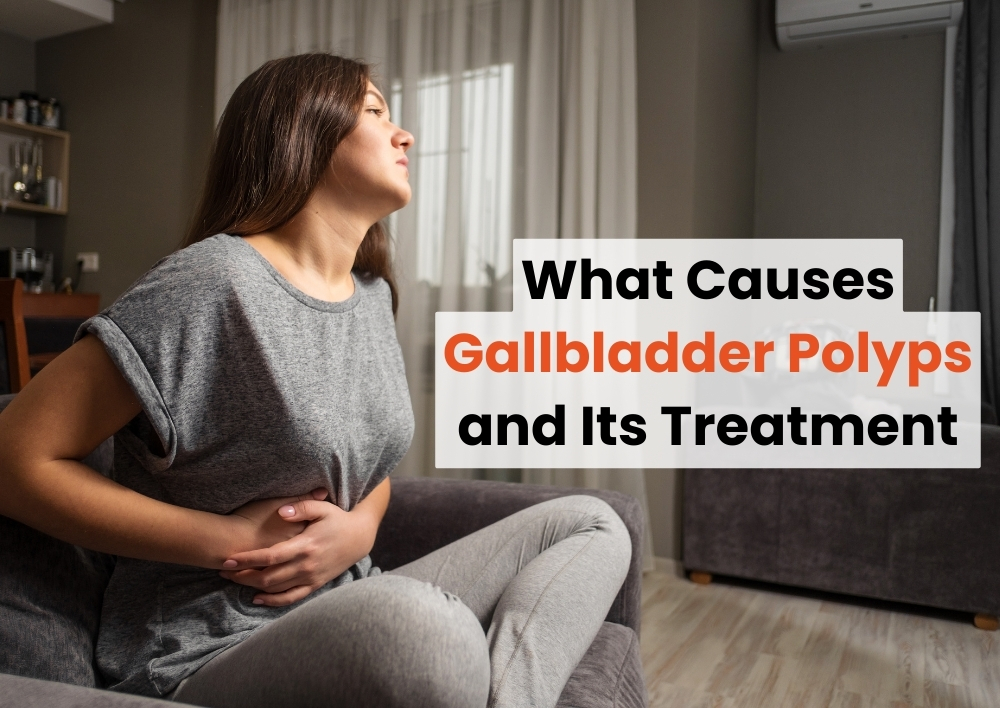

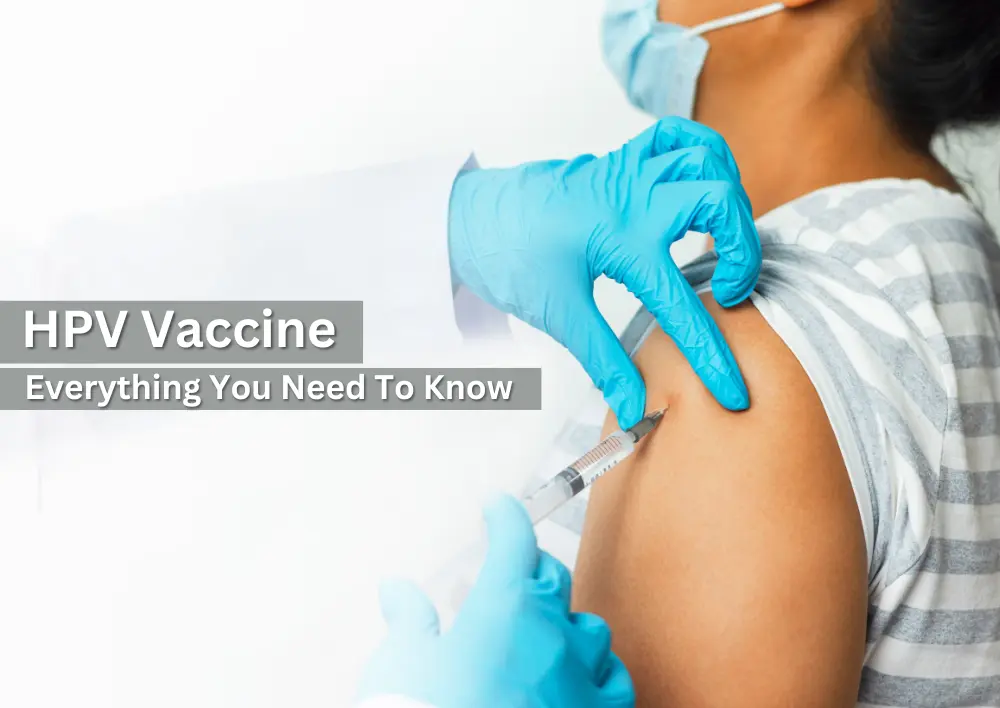
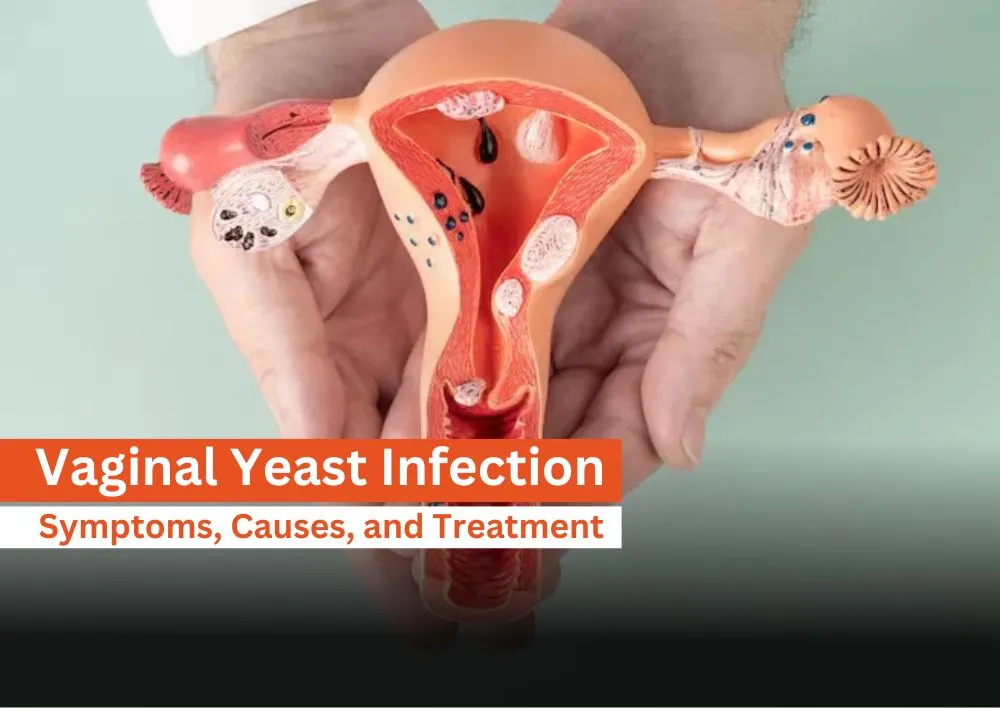
_in_Pregnancy.webp)
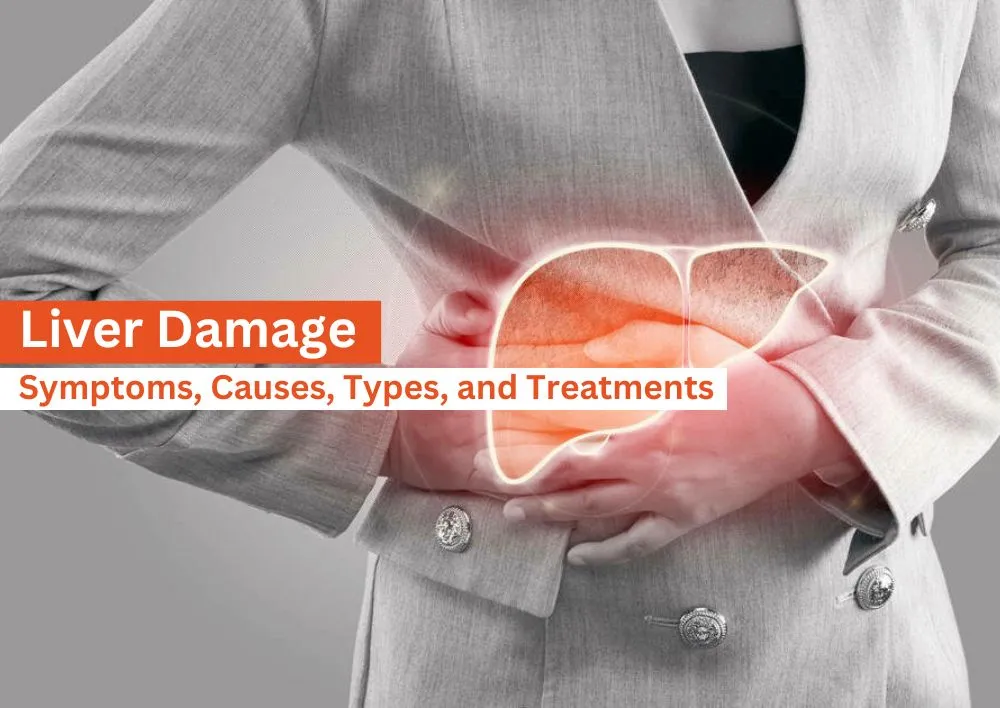
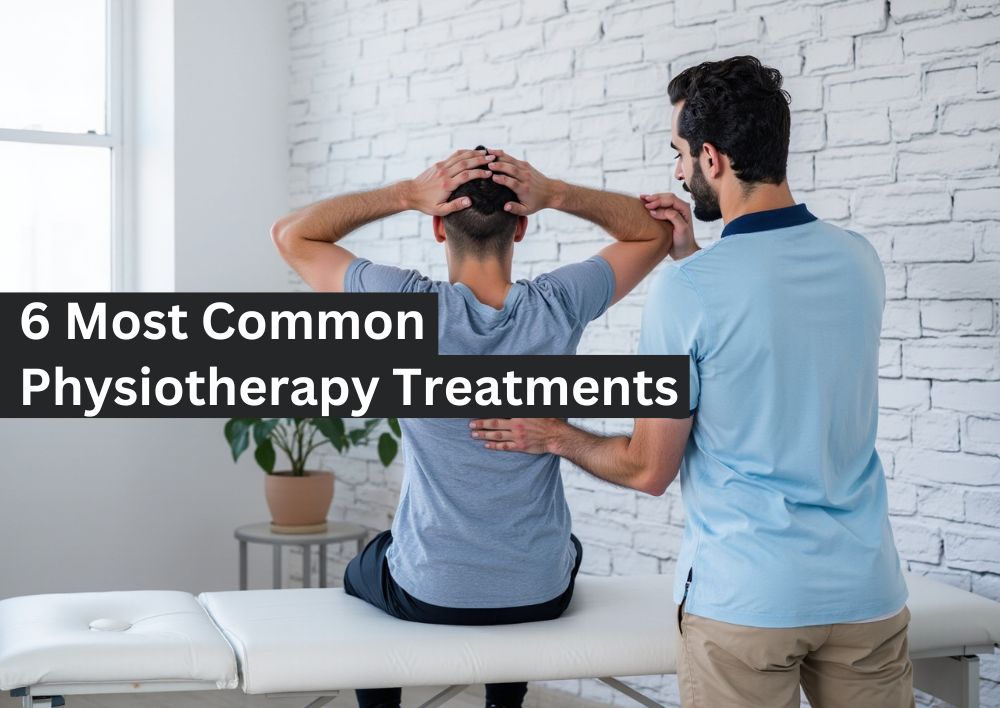





Was the information useful?
5 0